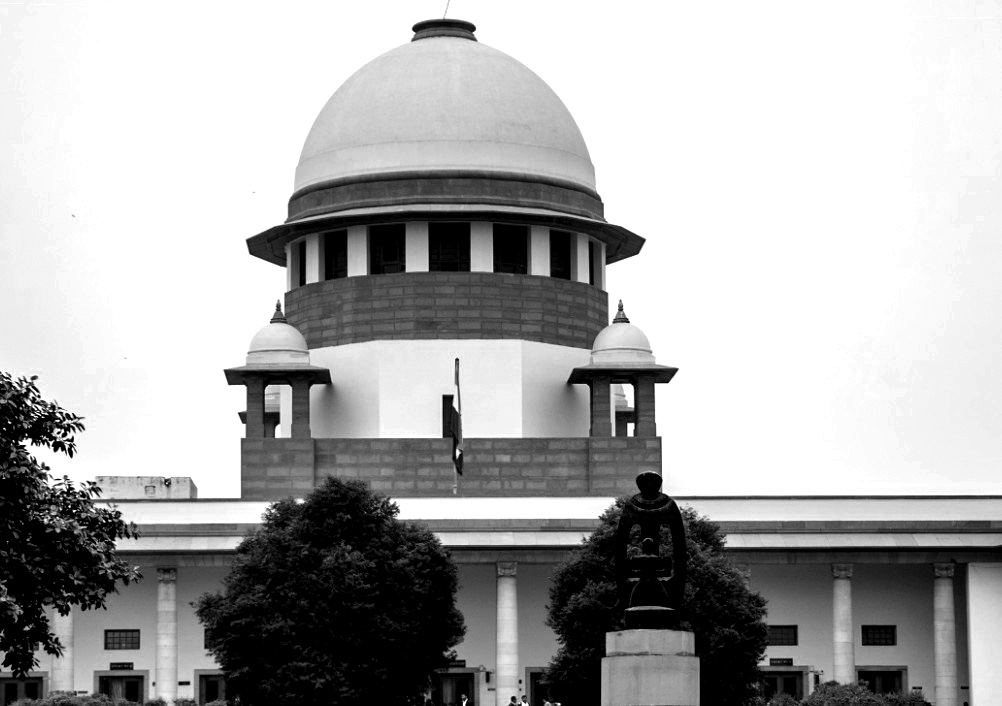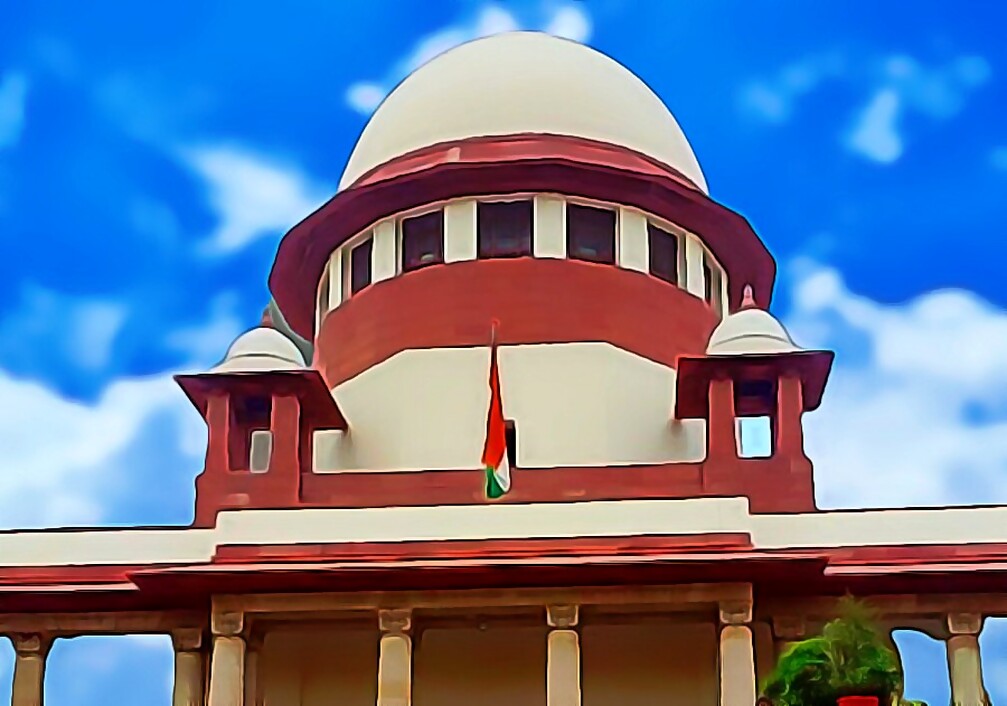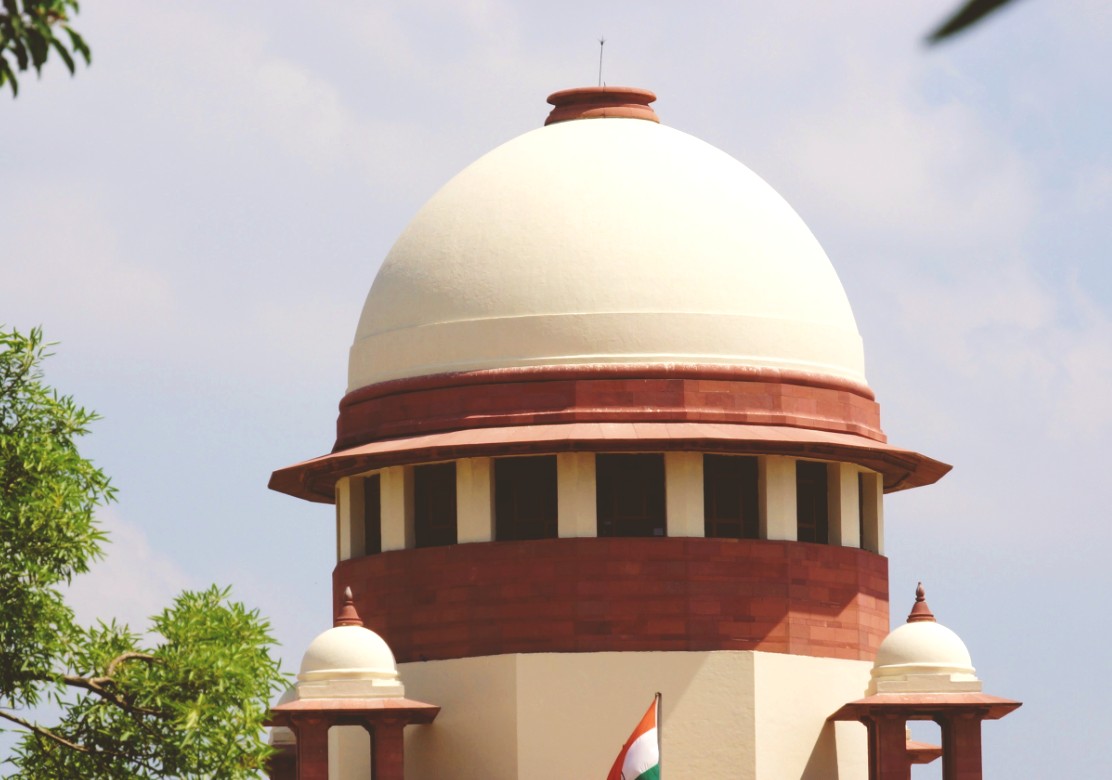Acts of destruction of public property & vandalism in Parliament, Assembly not manifestations of freedom of speech & hence not protected under Art 194(2): SC

Read Judgment: The State of Kerala vs. K Ajith & Ors.
Pankaj Bajpai
New Delhi, July 30, 2021: While dismissing appeals for admissibility of video recording as evidence, the Supreme Court has ruled that acts of destruction of public property are not privileged under the first limb of Article 194(2) of the Constitution of India and consequently, acts of vandalism cannot be said to be manifestations of the freedom of speech and be termed as “proceedings” of the State Assembly or Parliament.
Quoting the decision of the Constitution Bench of the Apex Court in Sheonandan Paswan vs. State of Bihar & Ors, a Division Bench of Justice Dr. D.Y Chandrachud and Justice M.R Shah observed that the Constitution only grants the elected representatives the freedom of speech that is necessary for their active participation in meaningful deliberation without any fear of prosecution.
The Apex Court took reference of the judgment in P.V. Narasimha Rao vs State where it was held that the freedom of speech provided to the members of the House is absolute and independent of Article 19 of the Constitution, and that the freedom of speech of the members inside the House cannot be restricted by the reasonable restrictions provided in Article 19(2) of the Constitution.
Thus, although the members of the House are restricted from discussing the conduct of a Judge of the Supreme Court or High Court in the discharge of their duties, but they cannot be precluded from undertaking any discussion on the grounds of violation of Article 19(2) of the Constitution, added the Bench.
The dispute arose way back in 2015, when the MLAs belonging to the opposition party disrupted the presentation of budget by the then Finance Minister and climbed over to the Speaker’s dais and damaged furniture and articles including the Speaker’s chair, causing a loss of Rs. 2,20,093. The incident was reported to the Museum Police Station by the Legislative Secretary and reports were registered u/s 447 and 427 r/w/s 34 of the IPC and Section 3(1) of the Prevention of Damage to Public Property Act 1984.
On the completion of the investigation and submission of final report u/s 173 CrPC, cognizance was taken by the Additional CJM, Ernakulam of the said offences.
Later, an application was filed by the Assistant Public Prosecutor u/s 321 of the CrPC seeking sanction to withdraw the case against all the respondent-accused contending that the ‘protest’ by the MLAs is protected by the immunities and privileges under Article 194(3) of the Constitution of India and that an offence which is committed in the Assembly, during a session or in its vicinity by MLAs, cannot be registered by the police without the permission of the Speaker.
The Prosecutor also urged that the copy of the video recording of the incident which was procured from the Electronic Control Room of the Legislative Assembly, without the sanction of the Speaker¸ lacks certification u/s 65B of the Indian Evidence Act, 1872.
The case was then transferred to the court of the CJM, Thiruvananthapuram, which declined to give consent to the application of the Prosecutor.
The State of Kerala then filed a criminal revision petition before the High Court, which was also rejected observing that the conduct of the MLAs cannot be deemed to be in furtherance of the functioning of a free democracy, and does not warrant the invocation of the immunities and privileges granted to MLAs.
The High Court also clarified that there is no provision, either in the Constitution, or in the Rules of Procedure and Conduct of Business in the Kerala Assembly, made pursuant to Article 208(1) of the Constitution, that mandated the police to seek permission or sanction of the Speaker before registering a crime against the MLAs.
After considering the arguments over freedom of speech and inadmissibility of video footage canvassing disruption, the Apex Court said the video recording that was procured from the Electronic Control Room of the Assembly is not a copy of the broadcast of the incident in the local or national television but was a part of the internal records of the Assembly.
Thus, the stored video footage of the incident was not broadcast, or in other words, published, for dissemination to the public. Since it was not a “publication” of the House, it does not enjoy the protection of immunity under Article 194(2) of the Constitution¸ added the Division Bench.
The Apex Court also clarified that the immunity provided for the exercise of the manifestations of the freedom of speech in the second limb under Article 194(2) cannot exceed the freedom of speech provided in the first limb of Article 194(2).
Hence, holding that the Constitution only grants the members of the House the freedom of speech that is necessary for their active participation in meaningful deliberation without any fear of prosecution, the Apex Court upheld the ruling given by the High Court that the video recording of the incident was not a “proceeding” of the Assembly, which would be protected from legal proceedings under Article 194(2).
Sign up for our weekly newsletter to stay up to date on our product, events featured blog, special offer and all of the exciting things that take place here at Legitquest.



Add a Comment